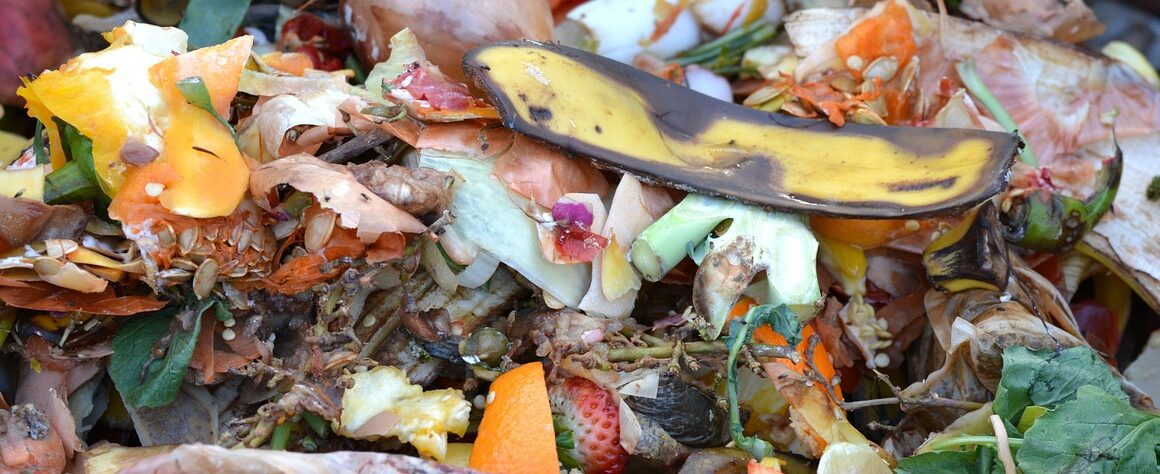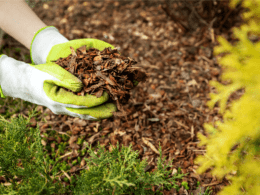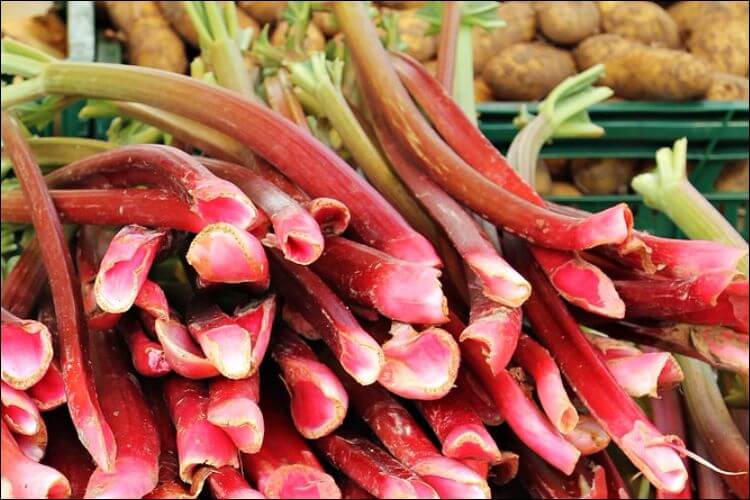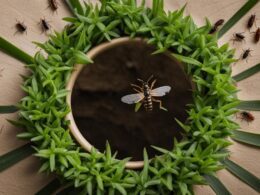Quick Takeaways
- Composting banana peels provides essential nutrients and organic matter for a compost pile, enriching the soil and promoting healthy growth in gardens.
- Moisture levels and gnat infestation are common challenges when composting banana peels, but these can be overcome by balancing wetness with brown ingredients, chopping peels into smaller pieces, burying them deep within the compost pile, and using a compost bin with a tight-fitting lid.
- To improve compost quality, it’s important to add a variety of organic materials and balance nitrogen and carbon levels, while regularly turning and tending to the compost pile to speed up decomposition and prevent pests from invading.
- Composting banana peels is an easy and eco-friendly way to reduce waste and lower carbon footprint, while promoting sustainable gardening practices.
Benefits for Composting
You can easily add phosphorus, calcium, potassium, magnesium, and amino acids to your compost and benefit your garden plants by composting banana peels. These peels are nutrient-rich and can provide soil enrichment, making it easier for your plants to grow and flourish. Plus, by using banana peels in your compost, you’re reducing waste and creating an eco-friendly solution for your garden. Banana peels are a great addition to any compost pile or bin, and with a little preparation, they can quickly decompose and provide your garden with the nutrients it needs. By adding these peels to your compost, you’re creating a healthy environment for your plants to grow, while also reducing your carbon footprint. So, next time you’re ready to toss that banana peel in the trash, think twice and compost it instead!Is it Possible to Over-Compost with Banana Peels?
When it comes to composting, many gardeners wonder if it’s possible to over-compost with banana peels and what the potential compost overload consequences could be. While banana peels are a fantastic addition to compost piles, too many of them can create an imbalance in the mix. Excessive amounts might lead to an acidic environment, slow decomposition, and nutrient deficiencies. Finding the right balance is crucial for compost success.
Cons and Challenges
Balancing the moisture levels and preventing the attraction of gnats can pose challenges when composting banana peels. These fruit scraps can add a lot of moisture to your compost pile, which can slow down the decomposition process. To prevent this, you can balance the wetness with brown ingredients like leaves, twigs, and shredded paper. This can help absorb the excess moisture and promote faster decomposition. Additionally, you can chop the banana peels into smaller pieces to speed up the process and make it easier for the microorganisms to break them down. Another challenge when composting banana peels is preventing gnat infestation. Gnats are attracted to the sweet smell of decomposing fruit and can create a nuisance in your compost pile. To avoid this, you can bury the banana peels deep within the compost pile or cover them with a layer of dry brown materials like leaves or shredded paper. This can help mask the smell and prevent gnats from being attracted to your pile. Additionally, you can use a compost bin with a tight-fitting lid to prevent gnats and other pests from getting in. By using these moisture control techniques and preventing gnat infestation, you can successfully compost banana peels and reap the benefits of their nutrients for your garden.| Emotions evoked | Techniques | Tips | Benefits | |||||
|---|---|---|---|---|---|---|---|---|
| Frustration | Balancing moisture levels | Use brown materials to absorb excess moisture | Faster decomposition | |||||
| Annoyance | Preventing gnat infestation | Bury banana peels or cover with dry materials | No gnats or pests in compost pile | Unpleasant odor | Adding carbon-rich materials | Mix in dry leaves or newspaper to absorb odors | Compost pile will smell fresh and earthy |









